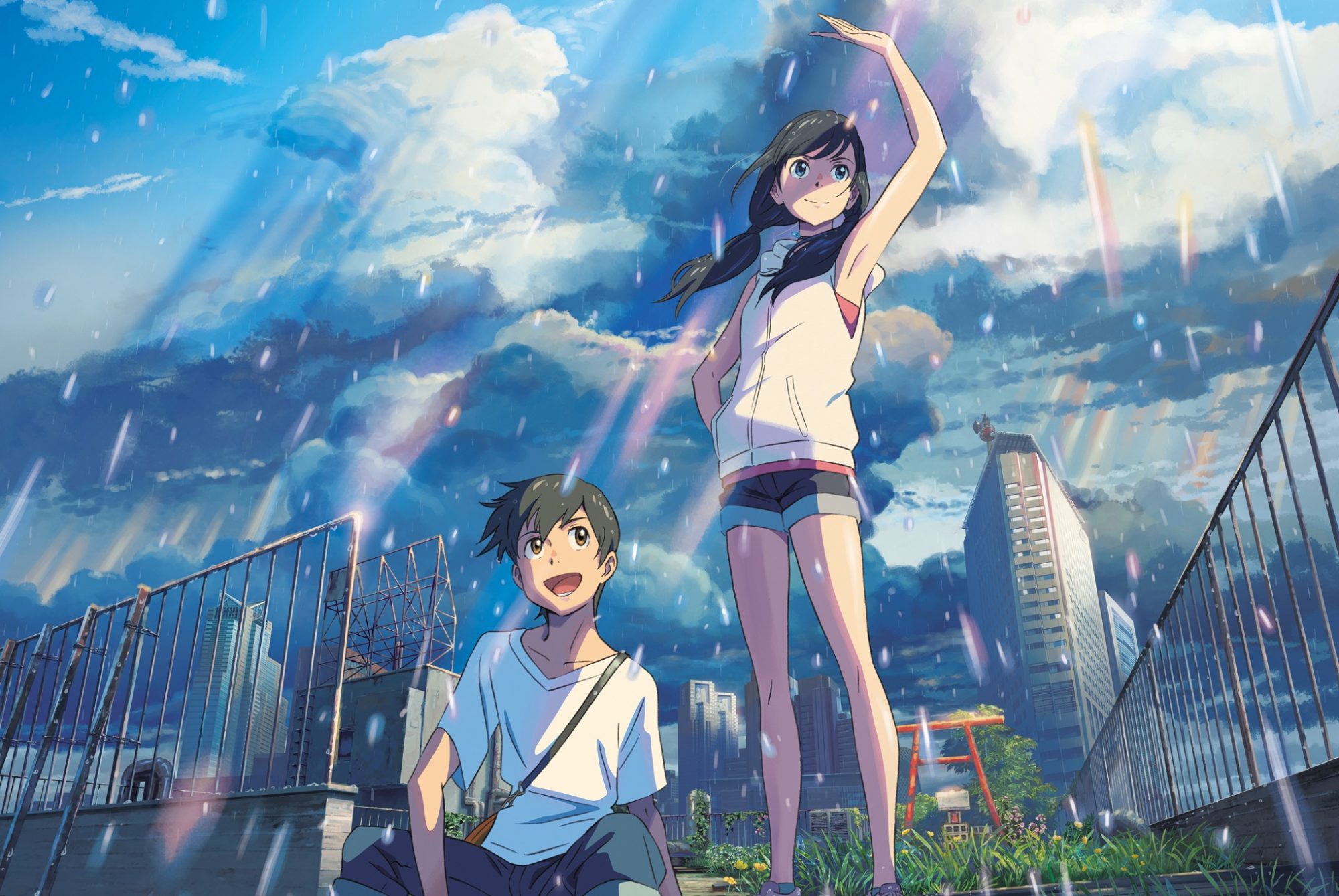23rd Animation Division Social Impact Award
Weathering With You
Animated feature film
SHINKAI Makoto [Japan]
Outline
This film is set in Tokyo during a period of nonstop rain. It tells the story of Hodaka, a boy who flees from his native island on a ferry and meets Hina, an orphan girl who lives with her younger brother. Hina has the mysterious power of clearing the sky by praying. Hodaka and Hina start a business that fulfills their clients’ requests to clear the sky for special events. The cost of this to Hina’s ability, along with the burden of people’s expectations, however, start to bring about a dramatic shift in fate for them. The film fascinates us with its vivid reproduction of modern Tokyo cityscapes, from shade trees to billboards, along with diverse effects and screen techniques that depict a vibrant and lyrical sentiment stirred by the encounters and partings of the two central characters. The creator has adopted and further expanded motifs from earlier works, and at the same time has interwoven into the story the phenomenon of extreme weather, always a major issue in the modern world. This foray into new ground has created quite a stir.
Reason for Award
The reason for Weathering With You being awarded the Social Impact Prize is not simply because the film’s theme serves as a warning about a future of extreme weather, a constantly aggravating issue in Japan as well as the world at large. Nor is it simply because it topped the Japanese box-office ranking last year with approximately 14 billion yen in revenue. The depiction of Tokyo being flooded as a result of extreme weather, of course, rings an alarm for the near future. More remarkable than this, though, is the elaborate and overwhelming cinematic beauty of the film revealed through the depiction of the rain. At times as joyful as school of fish at play, at other times it becomes as terrifying as an attacking monster. Sunshine peeking through clouds as a symbol of the subtle emotional wavering in the relationship between the central characters remains incomprehensible to adults. The message conveyed in the film’s ending, where the two central characters decide that as long as they survive, they will not sacrifice their love to save the world, will perhaps be criticized as selfish and opportunistic. But in our stagnated society, driven by a growing movement that calls for the exclusion of people who do not contribute to society, this ending can encourage us to embrace a course of compassionate inclusiveness. (SUGAWA Akiko)



